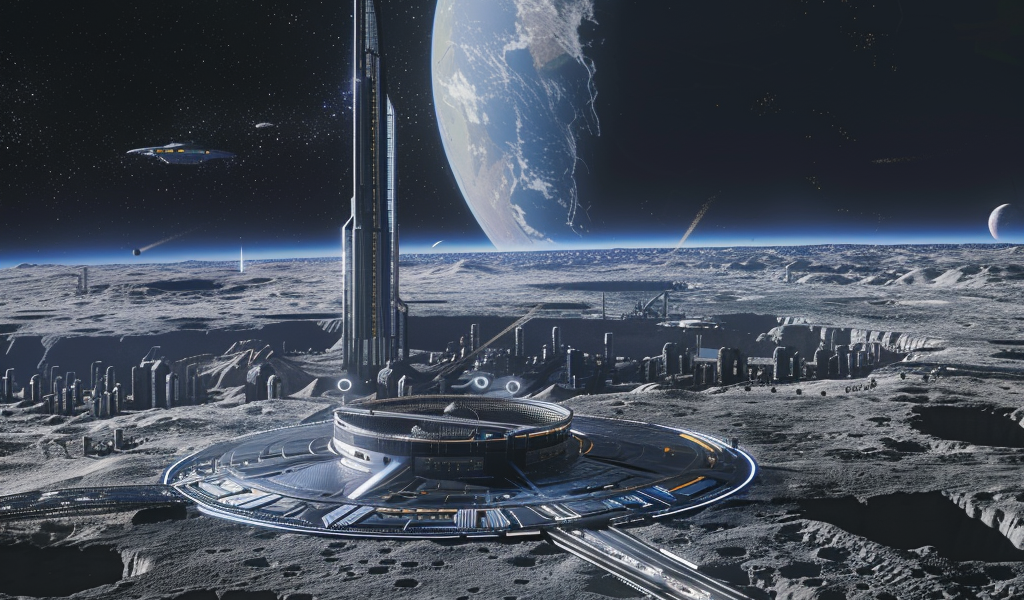NASA is on the verge of a groundbreaking venture with the upcoming launch of the Lunar Gateway, a pioneering floating space station designed to orbit the Moon. This innovative structure aims to serve as a home and research laboratory for astronauts, facilitating their exploration of the lunar surface.
According to NASA, the Lunar Gateway will represent the first permanent infrastructure established at the Moon, playing a crucial role in the agency’s Artemis missions, which aim to return humans to the lunar landscape. Unlike the Apollo missions, where astronauts were directly landed on the Moon, the Gateway will enable longer and more sustainable stays in lunar orbit.
The Lunar Gateway is set to be approximately one-fifth the size of the International Space Station, measuring around 141 feet in length, 62 feet in width, and 67 feet in height. Weighing in at about 63 tons, it will host up to four astronauts at a time, providing a vital base for their operations on the Moon.
This ambitious project will see the Gateway orbiting the Moon at varying distances, from as close as 1,000 miles to as far as 43,500 miles. The orbital velocity of the station will reach impressive speeds of up to two miles per second, allowing for efficient travel and operations in the lunar environment.
While the timeline for launching the Lunar Gateway remains uncertain due to the complexities of space missions, NASA anticipates a minimum operational lifespan of 15 years for the station, with possibilities for extension depending on various factors. The construction and assembly of the Gateway will require at least four separate rocket launches, with the entire process expected to take around six years.
As part of the Artemis program, the Lunar Gateway will enhance NASA’s capabilities to explore the Moon’s south pole, a region of great scientific interest. This area is believed to contain valuable resources, including water ice, which could support future lunar missions and even potential human settlement.
The Gateway will not only serve as a platform for lunar exploration but also as a hub for scientific research. Astronauts stationed there will conduct experiments and gather data that can provide insights into the Moon’s geology, environment, and potential for sustaining human life.
NASA’s commitment to establishing a permanent human presence on the Moon is a significant step towards future exploration of Mars and beyond. The Lunar Gateway will act as a crucial staging point for missions to other celestial bodies, paving the way for humanity’s next giant leap into the cosmos.
As preparations for the Lunar Gateway continue, excitement is building within the scientific community and among space enthusiasts. The prospect of a floating moon base represents not just a technological achievement but also an opportunity to unlock the mysteries of our nearest celestial neighbor.
In summary, the Lunar Gateway is set to revolutionize lunar exploration, providing a sustainable and versatile platform for astronauts to conduct missions on and around the Moon. With its ambitious design and strategic importance, the Gateway is poised to play a vital role in NASA’s vision for the future of space exploration.





